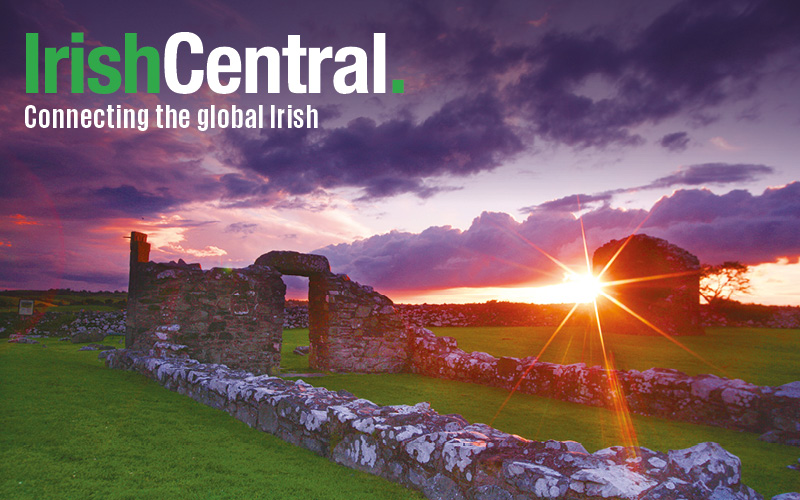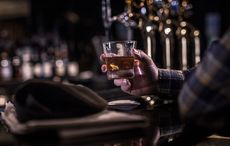| Rasher and Sausage, two rare breed Middle White pigs |
(Winston Churchill)
Meet Rasher and Sausage, two rare breed Middle White pigs. They are six months old sisters. I decided I would like to rear pigs a long time ago but it was only last June I took the plunge. I had never reared anything to eat, although I have had hens and ducks for a good number of years and some of them found their way into a pot.
They are free to range having a walled garden to root about in. It began as a grassy paddock but it is now mud and stones. They have a stable to sleep in and can come and go as they please. They are fed rolled barley, potatoes, fruit and vegetables.
Pigs remind me of small children in that they are alternately fun-loving or petulant and have very particular likes and dislikes when it comes to food. They have a real "sweet tooth" loving strawberries, melons and grapes in particular. This pair dislike broccoli, cabbage and turnips, kicking them out of the way.
I know it's not feasible to rear a large number of pigs like this. They do considerably more "damage" to land than cattle or sheep. Damage in that they root and rotate the soil so grass does not last long. However the damage to actual soil structure is minimal and probably aids it ultimately. In the past they were used to rotivate and fertilize a plot in advance of planting a crop.
Nowadays they are reared intensively, confined in concrete structures with no access to outdoors and unable to root. Under EU regulations they are not allowed bedding such as straw in order to prevent the spread of disease. Sows are confined in farrowing crates to prevent them lying on their young.
Intensively reared pork is also fed with genetically modified maize and soy. The bacon is produced by wet curing, injected with nitrites to prevent spoilage and phosphates to absorb and retain water. When you fry bacon and foamy white water appears on the pan this is the reason. The meat is produced from a special breed of pig called a Landrace. The Landrace converts feed to muscle much quicker and more efficiently than the rare breed varieties. The meat is lean and relatively tasteless due to the low fat content.
Rare breed free range pigs produce a darker coloured, richer tasting meat which contains more fat meaning it has more flavour. They also grow more slowly taking eight to nine months to reach kill weight as opposed to five and a half for the Landrace.
When I first tasted free range pork and bacon I decided I didn't want to buy meat from intensively reared pigs anymore. I am lucky that I have the space and the capacity to rear pigs. Because, lets face it. unless you rear your own, it is virtually impossible to buy.
I will have the satisfaction of knowing exactly what my pigs have eaten, the comfort of knowing they had a good life - living it as nature intended. When the time comes for killing and curing, I intend to do so without phosphates and with a lower salt content than that traditionally used.
For this reason I can look my pigs in the eye.




Comments